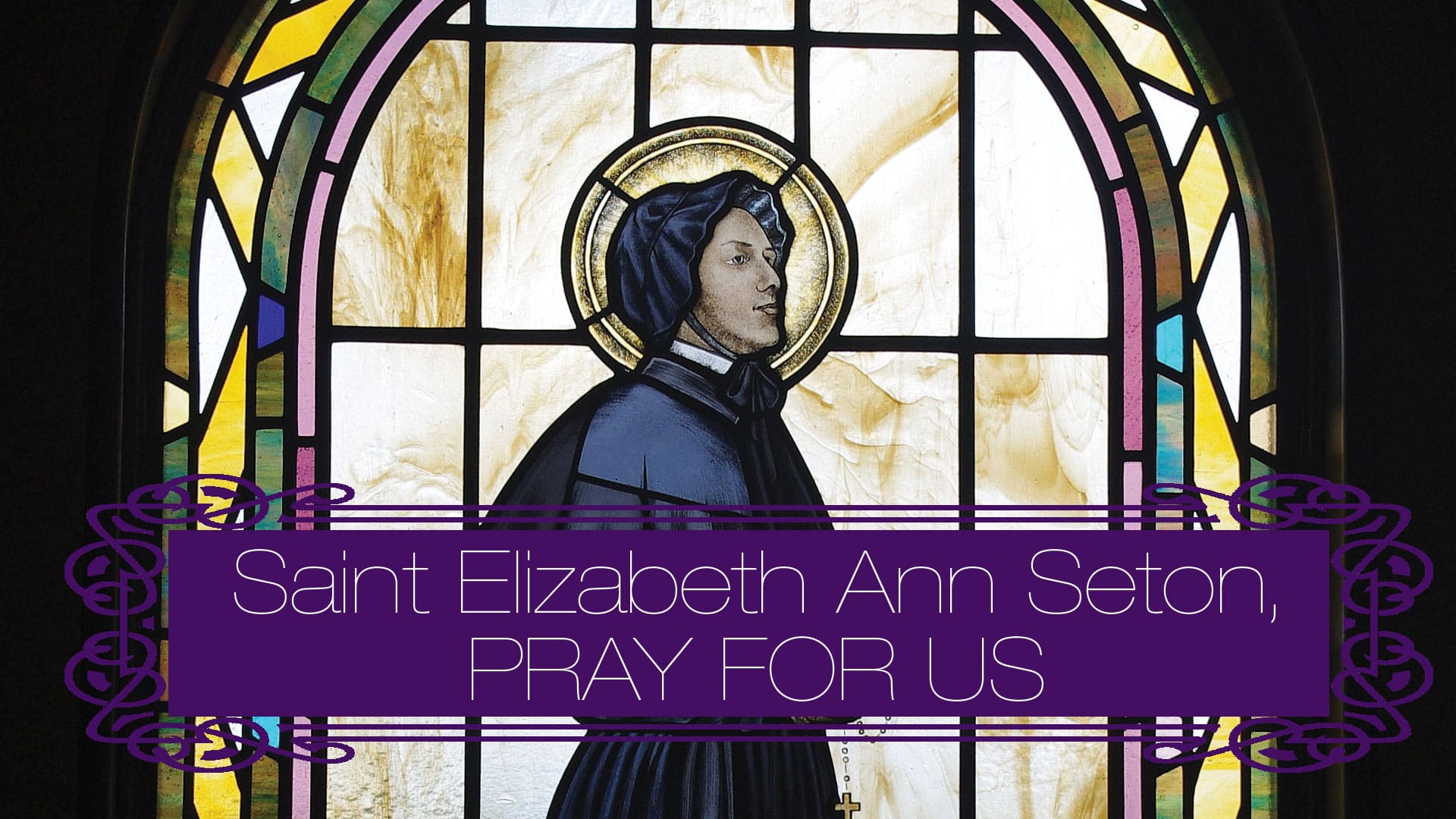At the beginning of the 19th century, New York City was a prosperous urban development. With a population of some 60,000 at the time, it served as a primary center for trade.
However, these attributes made for hard times when yellow fever hit the vicinity intermittently throughout the late 1700s and 1800s. Over this period, the yellow fever virus claimed several thousand lives. It was from this great metropolis and under this dreary climate of the epidemic, that the Setons—Elizabeth, William, and Anna Maria—set out for a visit to friends in Italy. Their transport, The Shepherdess, carried them for a 56-day voyage across the sea, making a safe landing at their destination, the town of Leghorn.
But for the Setons, their arrival was not synonymous with their freedom. Upon reaching the Italian village, they were immediately directed to a barren structure to be quarantined. Though the Setons did not show signs of yellow fever themselves, the precautionary step was nevertheless made by the local authorities. Their home for the next month was the Lazaretto, a title which is rooted in “Lazarus,” the leper from the New Testament. Hence, there was the connotation of uncleanness associated with the Lazaretto. The Setons were allowed to bring a limited number of supplies and extra clothes. They had been moved directly from The Shepherdess to the Lazaretto, substituting the cramped maritime vessel for the confines of a bland room.
During this time, Elizabeth Ann Seton documented their stay in quarantine. She was concerned about the health of her husband, William, who was suffering from dysentery and internal bleeding. The clammy atmosphere of their chamber did not improve things. Elizabeth devotedly cared for her spouse, though he himself eventually reconciled that his health would never improve.

As related in her personal journal, Elizabeth found other ways to occupy her time and energy. Though not Catholic at the time, she was a woman who took her faith in Christ very seriously. Deprived from interaction with the friends they had come so far to visit, she passed the hours in fostering an attitude of peace and happiness among her husband and daughter. She would sing and write and, most importantly, take to reading her Bible.
For Elizabeth, Sacred Scripture was a source of vibrancy, of love, and of life. In opening herself up to the Word of God, she was given direction, instilled with perseverance, and filled with peace. After remaining in the Lazaretto for weeks on end, the Setons were excused. A mere eight days later, William died. Elizabeth now had to overcome another tragedy. She bore the weight of his loss bravely.
Elizabeth continued to deepen her faith, leading inevitably to her conversion. Back in the US, her endeavors provided education to a lot of children. She went on to become the foundress of a new religious order. Yet, in light of the modern pandemic, her time spent in quarantine is perhaps as noteworthy as any other of her life achievements.
Today, places like New York and Italy have witnessed terrible losses as a result of COVID-19: places where Elizabeth herself was met with turmoil. She should be invoked as a patron of those in quarantine, for hers is an outstanding example. Maybe we should try spontaneously busting out into song. Certainly, all of us are called to deepen our relationship with God and those with whom we’ve hunkered down with in the midst of the shut-ins. Elizabeth offers us a guide, a light in a time of darkness. St. Elizabeth Ann Seton: Pray for us!


